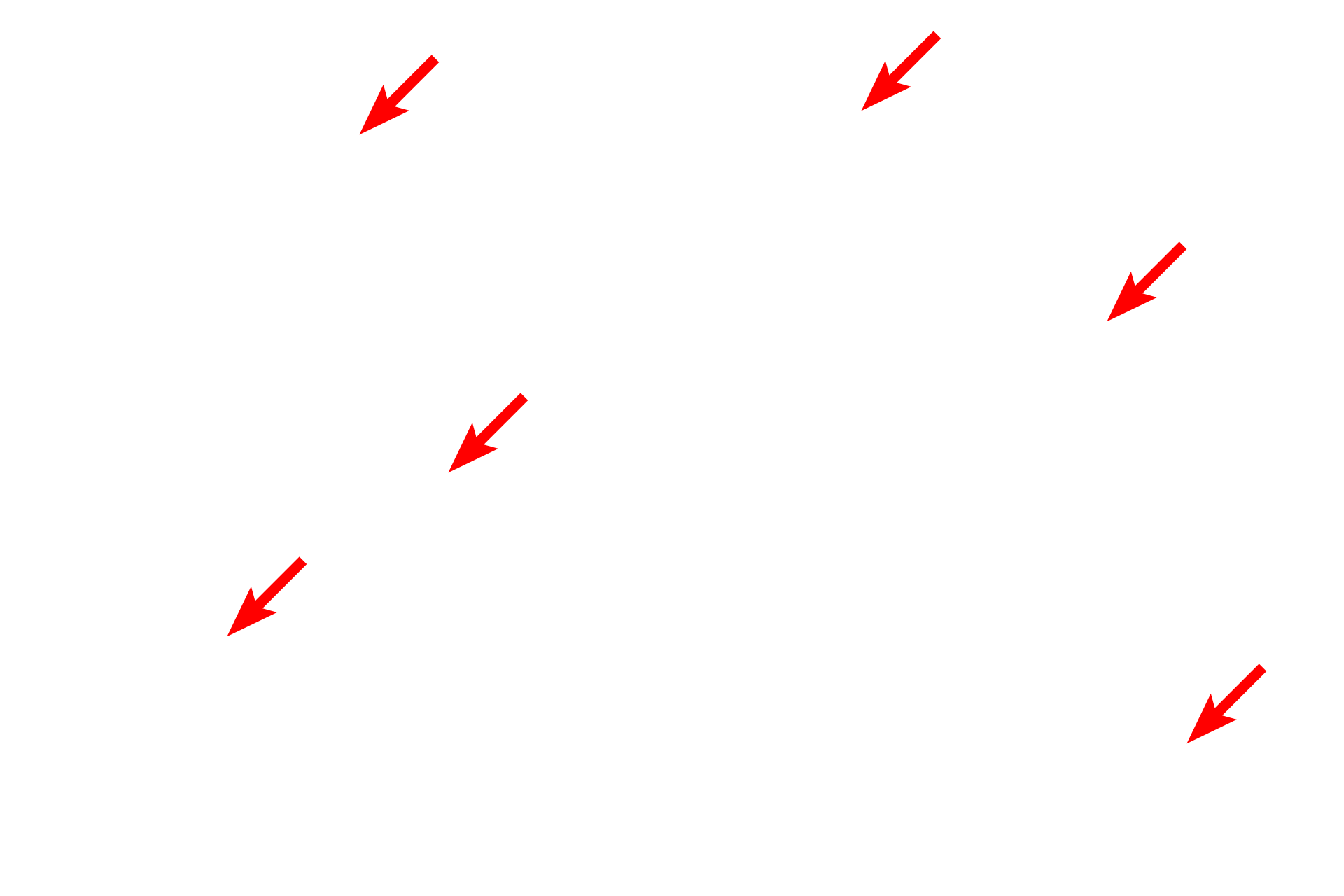
Overview: Cells
Another cell type in connective tissue is the mast cell. These cells respond to specific antigens by releasing the contents of their granules (histamine and heparin), which initiate an immediate allergic reaction. Mast cells also release factors that attract neutrophils and eosinophils. Mast cells are identified by their centrally located nuclei and numerous, large secretory granules. 6000x

Nuclei
Another cell type in connective tissue is the mast cell. These cells respond to specific antigens by releasing the contents of their granules (histamine and heparin), which initiate an immediate allergic reaction. Mast cells also release factors that attract neutrophils and eosinophils. Mast cells are identified by their centrally located nuclei and numerous, large secretory granules. 6000x

Granules
Another cell type in connective tissue is the mast cell. These cells respond to specific antigens by releasing the contents of their granules (histamine and heparin), which initiate an immediate allergic reaction. Mast cells also release factors that attract neutrophils and eosinophils. Mast cells are identified by their centrally located nuclei and numerous, large secretory granules. 6000x